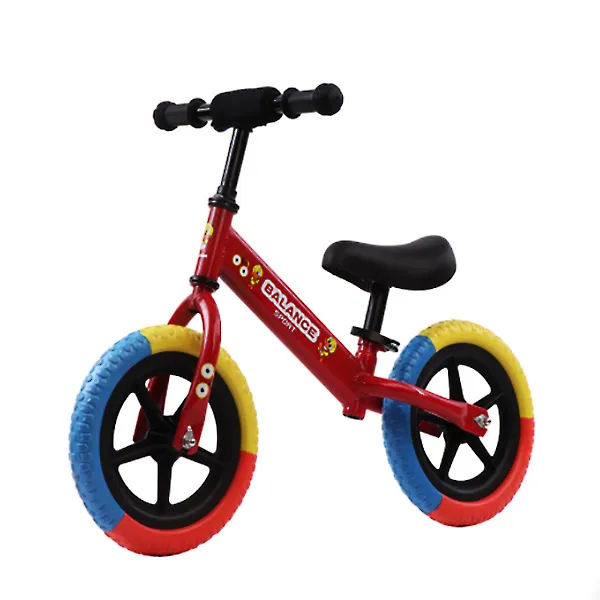
- Afrikaans
- Albanian
- Amharic
- Arabic
- Armenian
- Azerbaijani
- Basque
- Belarusian
- Bengali
- Bosnian
- Bulgarian
- Catalan
- Cebuano
- Corsican
- Croatian
- Czech
- Danish
- Dutch
- English
- Esperanto
- Estonian
- Finnish
- French
- Frisian
- Galician
- Georgian
- German
- Greek
- Gujarati
- Haitian Creole
- hausa
- hawaiian
- Hebrew
- Hindi
- Miao
- Hungarian
- Icelandic
- igbo
- Indonesian
- irish
- Italian
- Japanese
- Javanese
- Kannada
- kazakh
- Khmer
- Rwandese
- Korean
- Kurdish
- Kyrgyz
- Lao
- Latin
- Latvian
- Lithuanian
- Luxembourgish
- Macedonian
- Malgashi
- Malay
- Malayalam
- Maltese
- Maori
- Marathi
- Mongolian
- Myanmar
- Nepali
- Norwegian
- Norwegian
- Occitan
- Pashto
- Persian
- Polish
- Portuguese
- Punjabi
- Romanian
- Russian
- Samoan
- Scottish Gaelic
- Serbian
- Sesotho
- Shona
- Sindhi
- Sinhala
- Slovak
- Slovenian
- Somali
- Spanish
- Sundanese
- Swahili
- Swedish
- Tagalog
- Tajik
- Tamil
- Tatar
- Telugu
- Thai
- Turkish
- Turkmen
- Ukrainian
- Urdu
- Uighur
- Uzbek
- Vietnamese
- Welsh
- Bantu
- Yiddish
- Yoruba
- Zulu
Nov . 05, 2024 18:52 Back to list
bicycle gt mountain bike
The Ultimate Guide to Choosing a Mountain Bike
Mountain biking is an exhilarating sport that combines the thrill of cycling with the beauty of nature. If you’re looking to conquer rugged terrains, steep hills, and winding trails, the right mountain bike can make all the difference. In this guide, we’ll explore the key factors to consider when choosing the perfect mountain bike for your adventures.
Understanding Mountain Bike Types
Before diving into specifics, it’s essential to understand the different types of mountain bikes available. Generally, mountain bikes fall into four categories cross-country (XC), trail, all-mountain/enduro, and downhill bikes.
1. Cross-Country Bikes Designed for speed and climbing efficiency, XC bikes are lightweight and built for long distances. They typically have a more rigid frame and are best suited for smooth trails and less technical terrain.
2. Trail Bikes These are versatile bikes that can handle a variety of terrains, making them suitable for both climbing and descending. Trail bikes have a balanced geometry and offer a good mix of stiffness and compliance.
3. All-Mountain/Enduro Bikes If you want to tackle more technical trails with steep descents, all-mountain bikes are engineered for both uphill and downhill performance. They feature wider tires, more suspension travel, and stronger frames.
4. Downhill Bikes Built specifically for downhill racing, these bikes prioritize stability and control at high speeds. They are heavier, have minimal climbing capability, and are equipped with top-tier suspension systems.
Frame Material
The frame material of a mountain bike significantly impacts its weight, durability, and ride quality. The most common materials are aluminum, carbon fiber, and steel.
- Aluminum Lightweight and affordable, aluminum frames are popular among recreational riders. They offer a good balance of stiffness and compliance, making them suitable for various terrains.
- Carbon Fiber Known for its exceptional strength-to-weight ratio, carbon fiber frames provide superior performance but come at a higher price. They absorb vibrations well, delivering a smooth ride on rough trails.
- Steel While heavier than aluminum and carbon, steel frames are known for their durability and comfort. Steel bikes are ideal for long rides as they offer excellent shock absorption.
bicycle gt mountain bike

Suspension Systems
Suspension is crucial for handling rough terrain. Mountain bikes come with different suspension options hardtail, full suspension, and rigid.
1. Hardtail Featuring suspension only in the front, hardtail bikes are lighter and more efficient for climbing. They are suitable for cross-country riding and smoother trails but may struggle on technical descents.
2. Full Suspension These bikes have both front and rear suspension, offering improved traction and comfort on rough trails. Full suspension bikes are ideal for aggressive riders tackling a variety of terrains.
3. Rigid Rigid bikes lack any suspension, providing a direct connection to the trail. They are typically lighter and more efficient on smooth surfaces but can be uncomfortable on bumpy trails.
Wheel Size
Mountain bike wheels significantly influence performance. Common sizes include 26-inch, 27.5-inch (650b), and 29-inch wheels.
- 26-inch Wheels Once the standard, they are agile and easier to maneuver but may struggle with obstacles.
- 27.5-inch Wheels A middle ground, offering a balance of agility and stability. They perform well on various terrains.
- 29-inch Wheels Great for speed and rolling over obstacles. They provide more traction and stability but can be heavier.
Final Considerations
When choosing a mountain bike, consider your riding style, the types of trails you plan to conquer, and your personal comfort preferences. Test riding different models can help you find the bike that suits you best. Additionally, investing in quality safety gear, such as a helmet, gloves, and protective pads, is essential for a safe riding experience.
In conclusion, selecting the right mountain bike involves understanding your needs and preferences. With the right bike, you can fully enjoy the adrenaline rush and breathtaking scenery that this thrilling sport has to offer. So gear up, hit the trails, and embrace the adventure that awaits!
-
The Ultimate Kids' Four-Wheeler Experience
NewsJul.09,2025
-
The Ultimate Guide to Mountain Bikes: Gear Up for Your Ride
NewsJul.09,2025
-
The New Age of Cycling: Electric Bikes for Every Rider
NewsJul.09,2025
-
The Best Kids Bicycles: Ride in Style and Safety
NewsJul.09,2025
-
The Best 3-Wheel Scooters for Kids: Fun, Safety, and Adventure
NewsJul.09,2025
-
Revolutionize Your Ride: Affordable Electric Bikes
NewsJul.09,2025
-
Finding the Perfect Mountain Bike for Every Rider
NewsJul.09,2025



